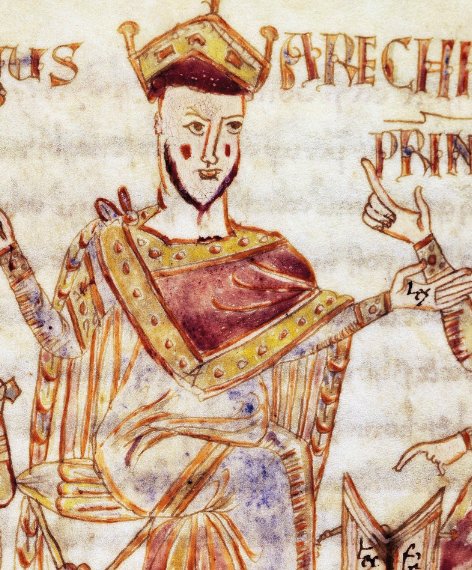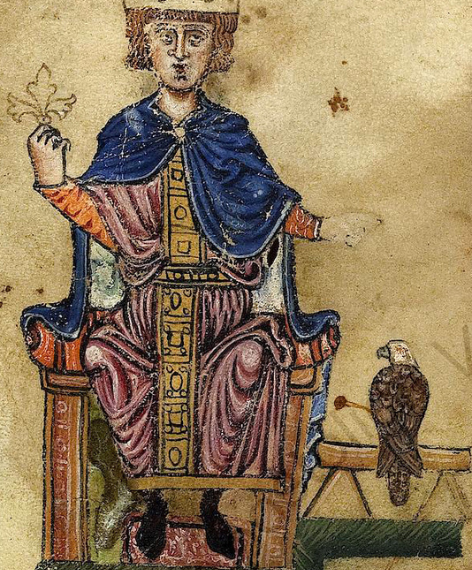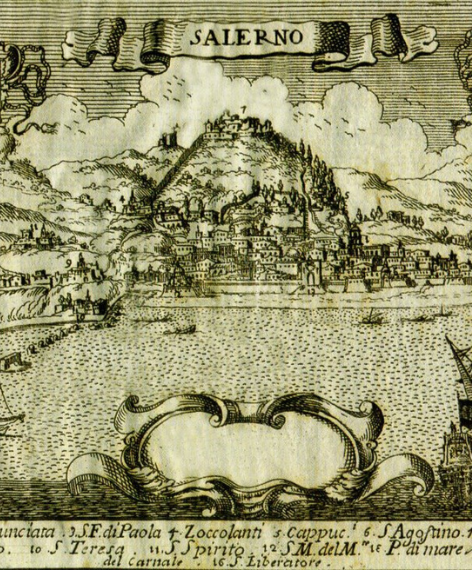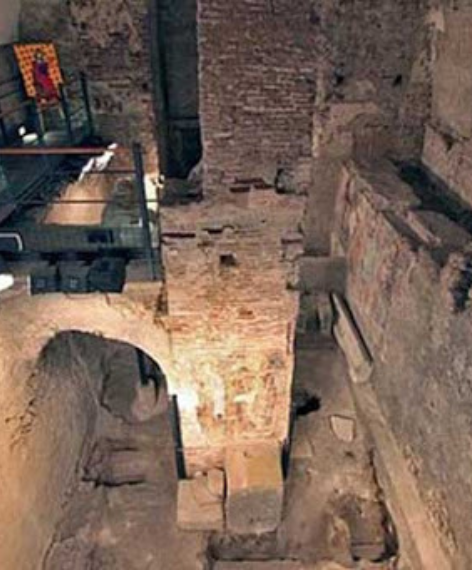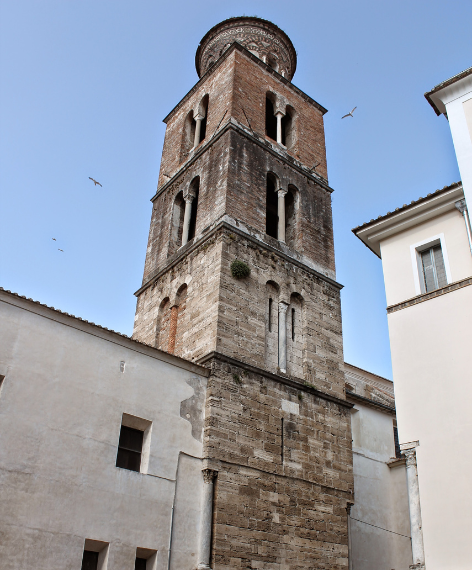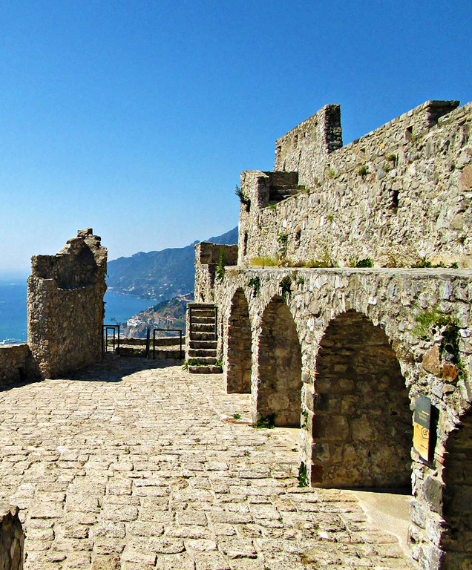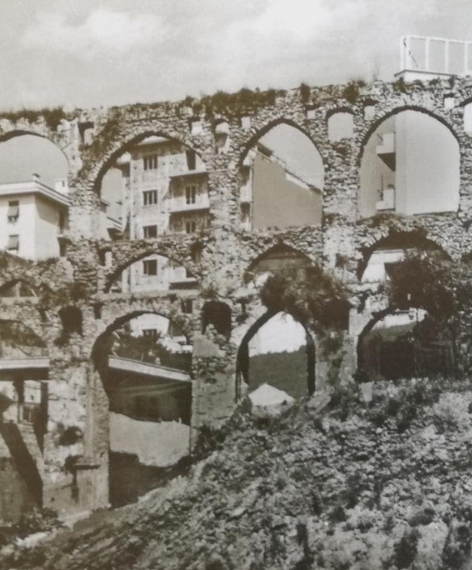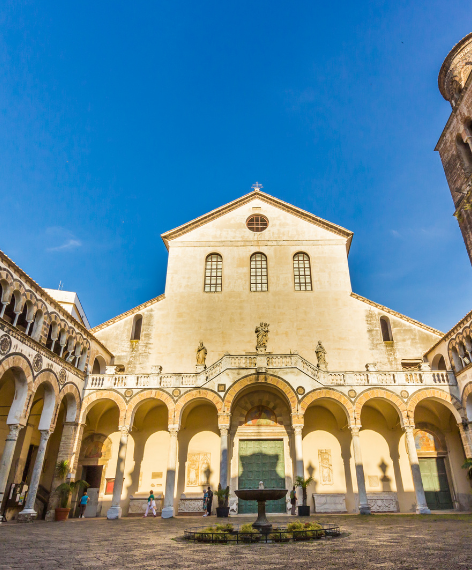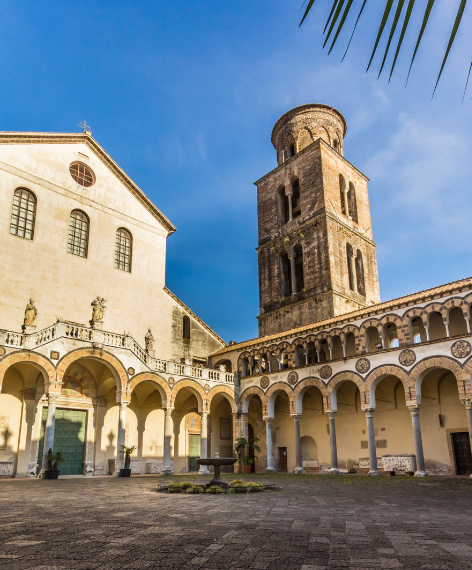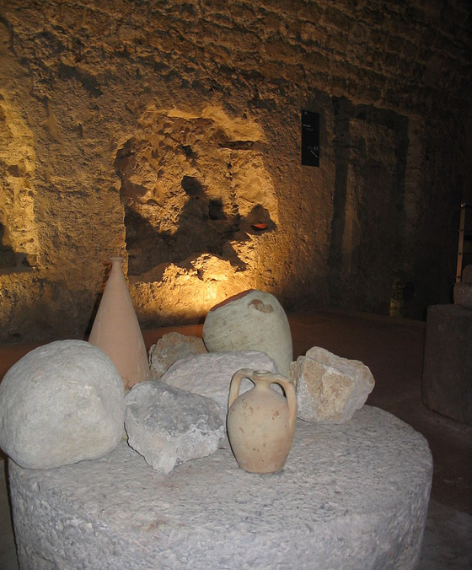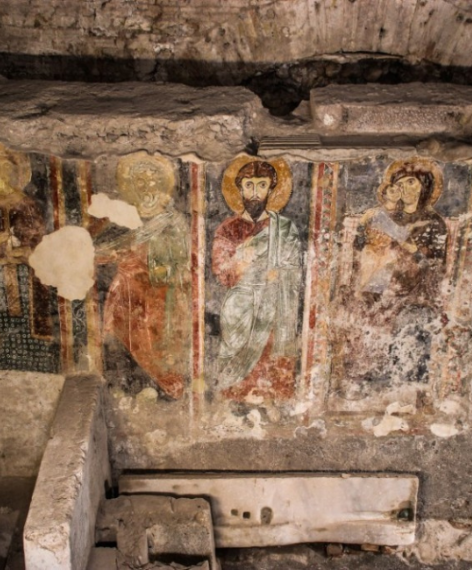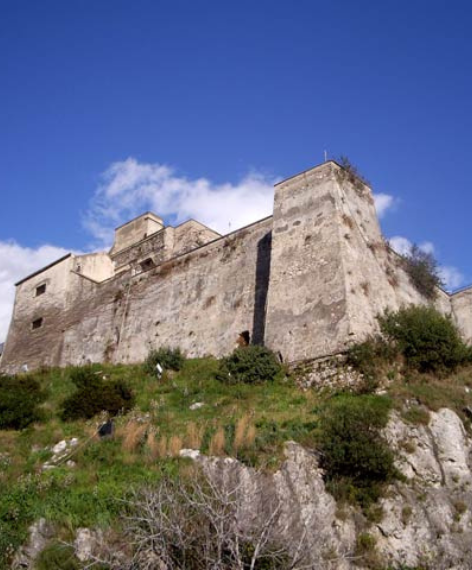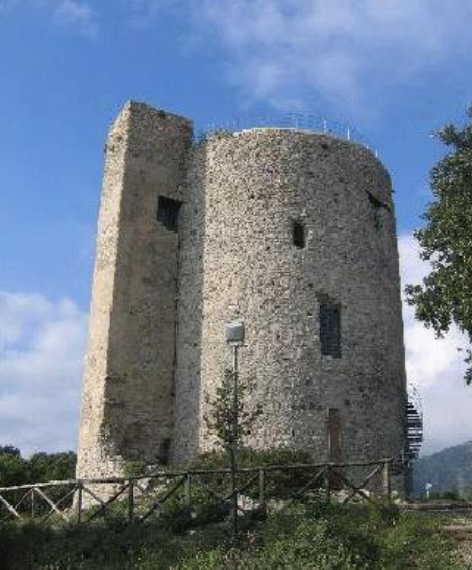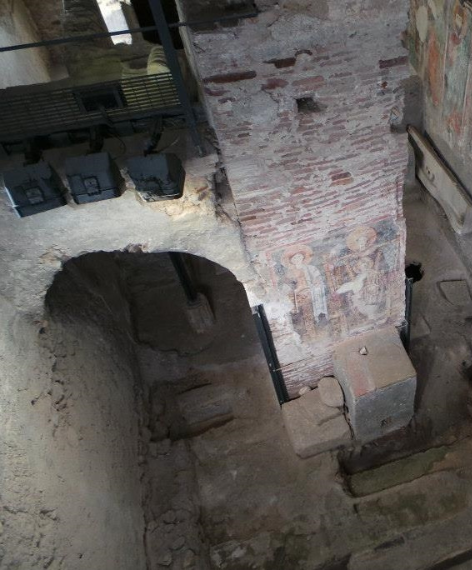The history of Salerno has very ancient origins; human residences are attested in the territory of the city in the third and second millennium BC. It is only around the 6th century BC that the first evidence of an Etruscan settlement that stood on the Irno river, near the current Fratte district, comes to light. However, it is with Roman domination that the first foundations of the city institution were found, documented since 197 BC, the year in which the Romans founded a castrum (Roman army camp) on Mount Bonadei to monitor the populations of the agro picentino countryside during the Second Punic War. As for the denomination, the original name, Salernum, derives from the small pre-Roman city of Irnthi, whose existence was attested precisely by the discovery of a necropolis from the 6th-5th century BC near Fratte.
The birth of Salerno
Castrum Salernum
Historical Steps
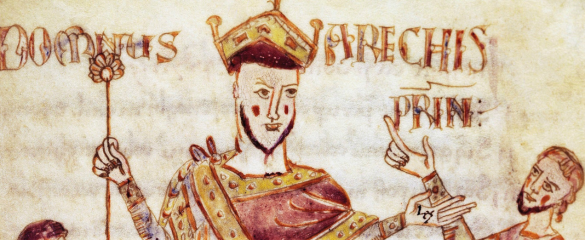
The Lombard dominion
VIII-XI century A.D.Between 639 and 640 AD. the Lombards of Arechi I of the Duchy of Benevento wrested the city of Salerno from Byzantine rule, managing to conquer it in 646 AD. After the defeat of the Lombards in Pavia, in 774 Arechi II wanted to create a new fortified capital capable of resisting the advance of Charlemagne and excelling in relations with Byzantium and Rome.
The city stood in an easily defensible place: it was protected to the north by the mountains and the castle - which dominated the hill - while the Sele plain represented a place to host the refugees who escaped the conquest of Langobardia Maior. It is precisely with Arechi II that Salerno took on an important historical role, becoming one of the main centers of civil and ecclesiastical territorial organisation. The city continued to be a princely seat even after his death on 26 August 787. In the 9th century (839 AD) the principality of Salerno became independent from Benevento, acquiring the territories of the Principality of Capua, northern Calabria and Puglia up to Taranto. Prince Guaimario IV - destined to mark bright pages in the history of the city and the principality - in the first half of the year 1000, also annexed Amalfi, Sorrento, Gaeta and the Duchy of Puglia and Calabria, thus starting to hypothesize a kingdom that included all of southern Italy. The city of Guaimario took on the appearance of a busy maritime centre, frequented by the Arabs of Sicily and Africa: Opulenta Salernum was the term coined on the coins that were minted by the city for its trade in the 10th and 11th centuries, testifying to the moment of particular splendor and the transformation from "capital city to metropolis city" with considerable urban development.

Norman rule
XI-XII century A.D.In Salerno, during 999, the Normans made their first appearance on the soil of southern Italy, hired from time to time in local disputes by the powerful of the moment. Among these brave men, Robert Guiscard (the cunning) of the Altavilla (Hauteville) family particularly stood out, as he married the princess of Salerno Sichelgaita, daughter of Guaimario. Salerno thus became the most important center of the Norman territories, which extended across the whole of southern Italy.
Among Guiscardo's most important works for the Salerno area, the construction of the magnificent Salerno Cathedral stands out, completed in the summer of 1084 and consecrated in July by Pope Gregory VII himself. In this period the Salerno Medical School was also founded, which represented the first medical institution in Christian Europe. In Salerno, thanks to the sea port open to influences from the Arab and Byzantine world, the school found fertile ground for the medical art to flourish again; here they returned to study Hippocrates and Galen, and it was possible to follow lessons from teachers from all over the Mediterranean. In fact, legend has it that the School was born from the fortuitous meeting, during a storm, of four doctors: an Arab, a Jew, a Latin and a Greek (Adela, Elino, Salerno and Ponto). Furthermore, the School was the first European institution in which women enjoyed rights equal to those of men. In fact, the "Mulieres Salernitanae", the most famous of which was Trotula de Ruggero, were perhaps the first women to teach and practice the medical profession and to write treatises of clinical-pharmacological nature.
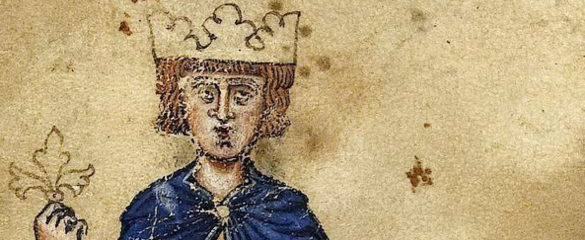
The Swabian period
XII-XIII century A.D.During the 12th century Frederick II issued several edicts which relegated Salerno to the background. In particular, the Medical School lost part of its importance with the foundation of the University of Naples, even though in the Melfi Constitutions Frederick recognized the School's exclusive authority to award degrees in medicine. A new and real commercial take-off of the city took place starting from the last Swabian age - during the reign of Manfredi - also thanks to the enormous influence that Giovanni da Procida from Salerno enjoyed at the court.
In this period, in fact, the San Matteo fair was established, which took place twice a year: in the month of September, on the occasion of the saint's feast, and in the month of May, on the anniversary of the relics transfer. Furthermore, in 1260 work began on the development of the port, strongly requested by the Salernitans; as evidence of this, even today, the oldest pier of the port bears the name of the Swabian sovereign: the "Manfredi pier".

